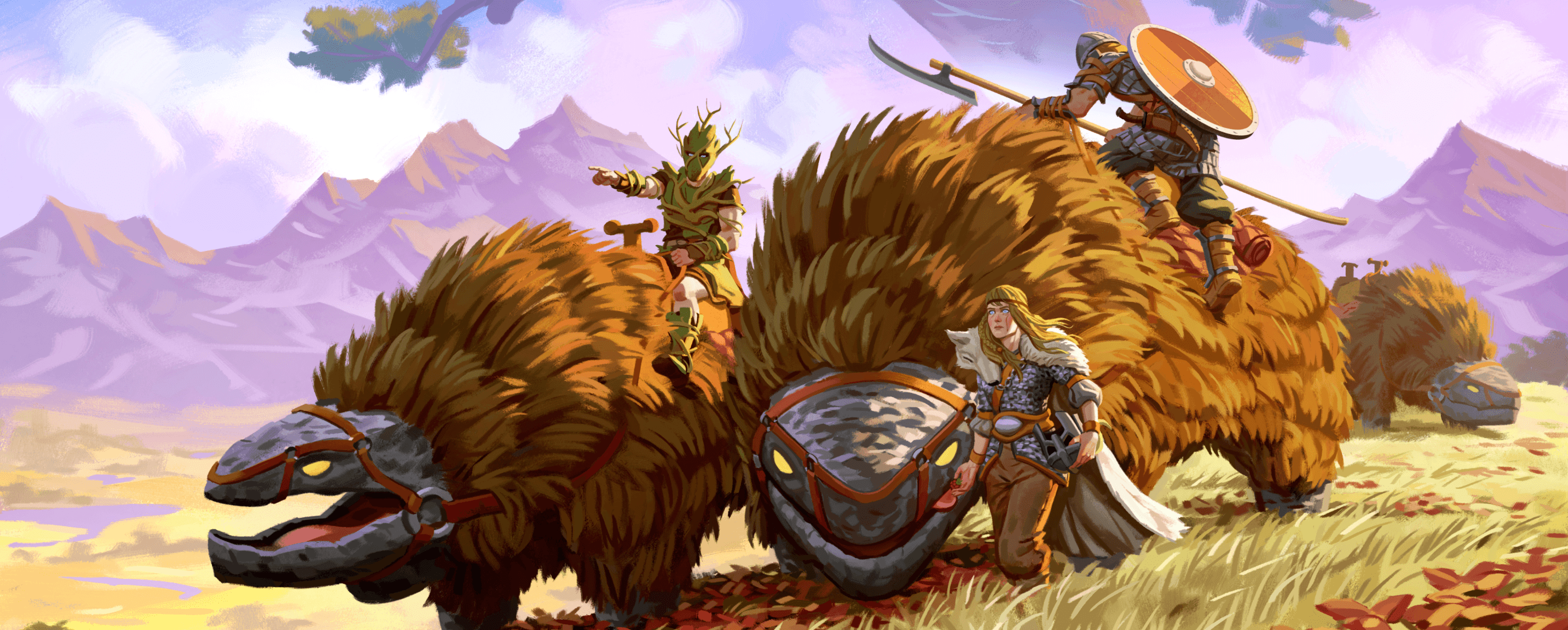
 Christopher R. RiceFeb 26, 2023
Christopher R. RiceFeb 26, 2023Valheim has very little “back story” to it – and really, that’s okay, it’s a game about survival. That said, the creators did scatter some tidbits throughout the game. The opening crawl is particularly interesting, as it describes how Odin confined his enemies to a mysterious tenth world (in Norse mythology there are nine realms; we’ll get to that). After their conferment, he set it adrift from the world tree, in the hopes it would be destroyed. It wasn’t. Instead, the enemies within grew strong and Odin was forced to make another choice: He’d need to send his best warriors to Valheim to subdue his foes once again.
But what of the other realms? And what can we infer about Valheim itself from looking at them?
Alfheim – Realm of the Elves
Another “Asgard-like” realm, Alfheim is literally “elf home,” but elves in Norse mythology are much more. They are more thematically akin to Judeo-Christian angels and are powers in their own right. Some are even minor gods, and most of them know a lot about magic and other occult things. Oddly, Alfheim is ruled by Freyr, who is effectively the king of the elves. Not much else is known, though if Valheim expanded to other worlds, this would be a great one, as they could make up a lot of the world mythology and it would still fit.
Asgard – Realm of the Gods
Asgard literally means “enclosure of the Aesir” and is the primary home of the Norse gods. Its name comes from the root words “as” (god) and “garthr” (earth or enclosure). It is often seen as an extremely fortified location and is associated with golden walls and towers. According to the Islandic historian-poet Snorri, Asgard is supposedly at the center of Yggdrasil the World Tree and encircled by Midgard, but sometimes also above it in a nearby dimension. It is connected to the other realms via the Bifrost, though sometimes it’s connected just to Midgard.
Jotunheim – Realm of the Giants
The home of the giants, Jotunheim (“giant home”) is mostly terrible wilderness, where massive beings dwell. The giants are rapacious, wicked beings with appetites to match. The Aesir and Jotun have been at war since before the world of Midgard came to be. Indeed, they used their most powerful human paragon to create Midgard, which resulted in giants not liking humans too much. In Valheim, we don’t get to see any giants other than trolls and I wonder if later upgrades will reveal more kinds of jotun.
Helheim – Realm of the Dead
Helheim, the “realm of Hel,” is where the dead go if they were not chosen by the valkyries to feast in Valhalla – which means basically most of them. Helheim is ruled over by… Hel, the daughter of Loki and a giantess. It’s a grim, dark place filled with sadness and angst.
Midgard – Realm of Mankind
Midgard literally means “middle earth” and is ofttimes said to be below Asgard. It’s the place of humans. It’s sometimes called “Mannaheim” or “home of man” and is made from the body of the giant Ymir. The gods killed him and used his corpse to literally plug up a hole in the universe (a black hole?). This then became the place where humans dwell. Obviously, in Valheim, this is where the gods get their recruits to fight in the tenth realm.
Muspelheim – Realm of Fire
The word Muspelheim has an unknown etymology, but it’s something like “places of the world destroyers/wreckers.” Here is where the fire giants dwell with their king, Surtr. Like the other jotun, the fire giants are sworn enemies of the Aesir and are destined to burn down Asgard at the end of the world (a.k.a. “Ragnorok”). The land itself is described as hot, filled with “glowing rock” and fire.
Niflheim – Realm of Mist and Fog
Meaning literally “mist world,” Niflheim is the darkest and coldest of all the realms, located at the very roots of the world tree and protected by the massive draconic being Nidhug, who chews at the roots of Yggdrasil until Ragnorak. All rivers cold and clear are said to spring from Niflheim and the spring of Hvergelmir – the place where the dragon dwells, along with vast amounts of snakes and other dark things.
Svartalfheim – Realm of the Dwarves
Meaning “home of the black/dark elves” (dwarves), Svartalfheim is a bit of a mouthful. It is basically a massive underground world full of caves, tunnels, and hidden, rich wonders. In the game, dark elves and dwarves are definitely the same thing, but this is a contested topic – that’s made more tangled thanks to Snorri and the Prose Edda. Not much else is known, but the dwarves of this place are on good terms with the Aesir and are the source of many of their powerful relics and weapons.
Vanaheim – Realm of the Vanir
This is the ancient home of the Vanir: powerful, godly beings well-versed in sorcery and war, who fought the Aesir before joining them. Not much is known about Vanaheim, or even its location. It’s known to exist…but where is it? A thought that occurs to me is that Valheim is Vanaheim. Odin could have easily gave a “Join or Die” speech and then cut the realm off from the tree. It would make an odd amount of sense, because Vanaheim is known…but not known. It’s also the ancient land of Odin’s enemies.
Most stories compare Vanaheim to Asgard and the two were probably fairly similar, given how easily the remaining Vanir (Freyr, Freyja, and Njord) assimilated there.
Thoughts on Valheim As a Realm
So that’s a very terse rundown of the realms, and talking about it has given me a few thoughts on how all of this could tie in. Let’s look at Valheim first, the realm which the eponymous game takes place in. First, “val” is an Old Norse word meaning “choice,” from the verb velja: “to choose.” It’s the same root word that is used to create the word valkyrie. “Heim” is from the word “heima,” meaning “at home” or “home.” Thus, Valheim literally means “home of the chosen” – which matches up with the bits of lore strewn around the game. Throughout Valheim, we see the branches and roots of the Yggdrasil in the sky or in the earth of Valheim, but not the tree itself. What does this mean exactly? If Odin cast the realm out, why is it still attached to the tree? Does Odin even have the power to do that, or did old One-Eye just tell people that’s what he did? Odin is not above trickery or deceit, and anything that enhances his power is good by him. So if Valheim isn’t fully detached and suddenly Odin’s old enemies are starting to be active again…what started it? There must be a cause of the effect. Even if it’s just “because!” I think we could go a bit deeper.
All of the following is just a WAG: what if Odin tried to cut Valheim off the world-tree and almost succeeded, but told everyone it was completely severed? Then, over the eons, Yggdrasil did what trees do: they grow. So this is why you see the massive, living branches in the night sky and the roots below. It’s just pure growth and the animus of Valheim (such as it is) is clinging to the dimensional energy put off by Yggdrasil. Eventually, this results in the realm becoming active again and the inhabitants realizing they might be able to get out of it and go elsewhere. Thus, Odin sends in his troops. But these aren’t just random warriors. These were chosen by the valkyries. They might even be related somehow to the Einherjar, or perhaps were warriors who weren't quite good enough for the feast hall, but were good enough to fight in the land of the chosen.
Final Thoughts
A few random theories in no particular order:
Theory one: Velheim is originally Vanaheim and grey dwarves are the spirits of the dead Vanir, animating wood and stone poppets. Think about it. Grey dwarf eyes have all sorts of importance in the game. What if you’re using the soul of a long-dead Vanir who just wants to exist?
Theory two: the svartelfs (dwarves) in Valheim went through Valheim to get to their home of Svartalfheim, as the two seem to be fairly connected in some manner. This means that Valheim and Svartalfheim are linked in the same way that Asgard and Midgard are.
Theory three: Valheim is not its own realm. It’s pieces of other realms smushed together to make a prison for Odin’s enemies. That’s why the biomes are weird. For example, the swamps might be analogous to Helheim, where the mistlands might be related to Niflheim.
What other theories might lend themselves from Norse mythology or cosmology to this game?

Play on Haptic
Try for free


